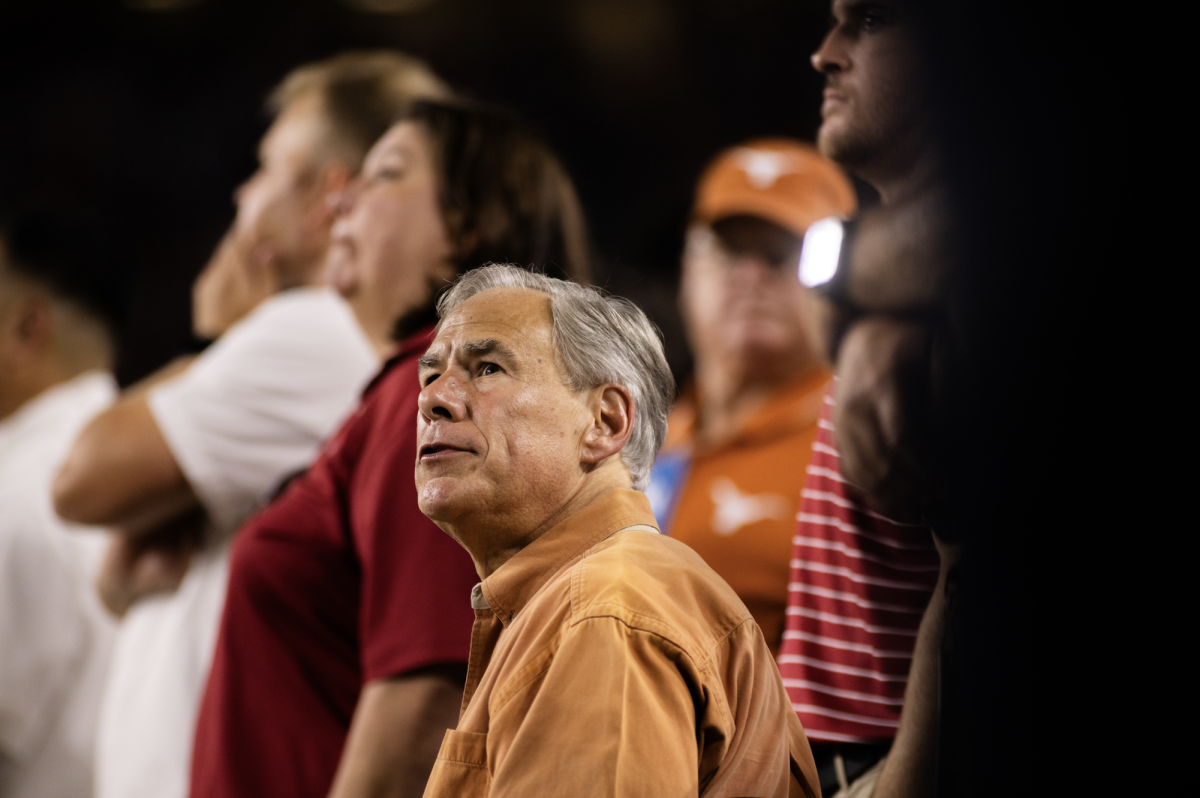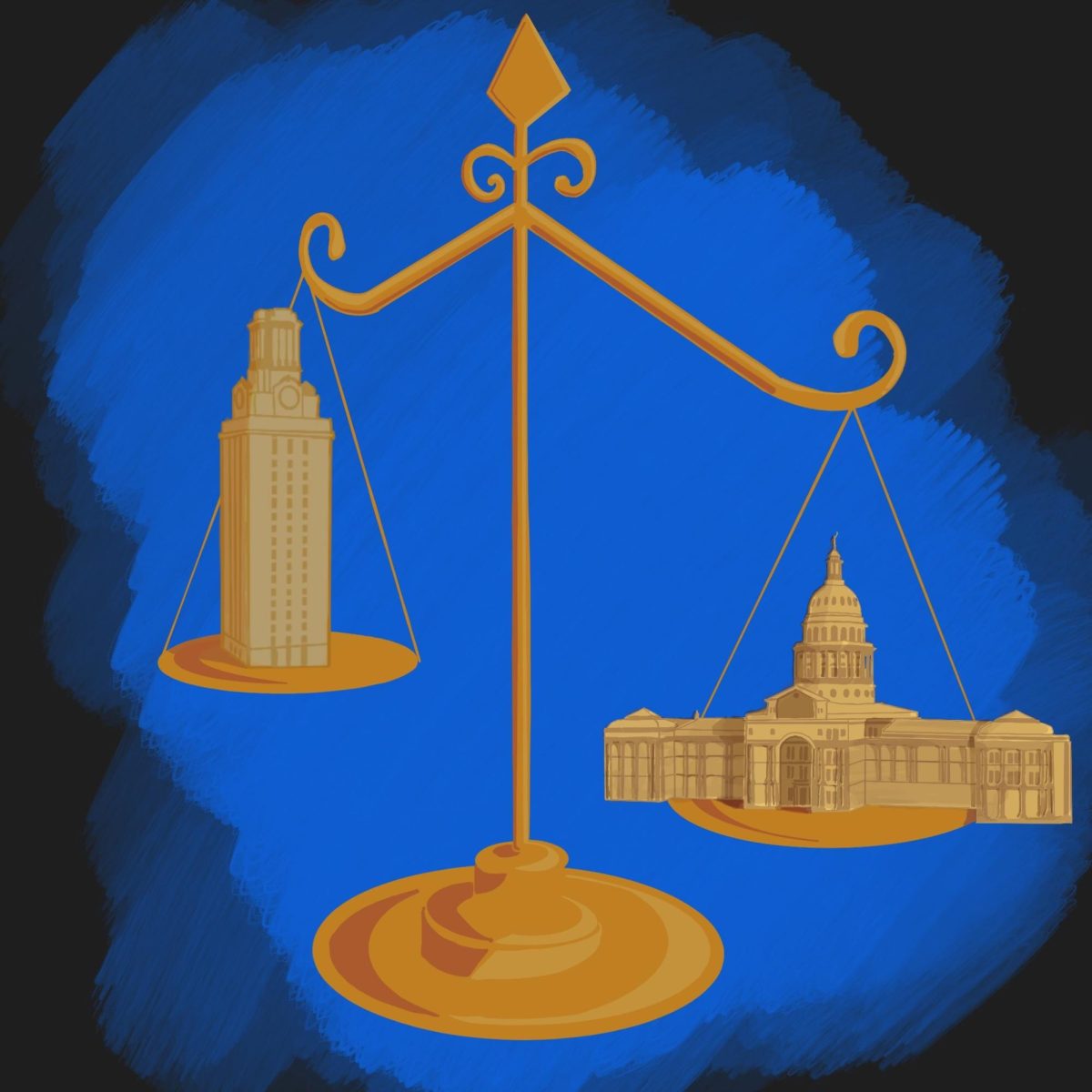Texas spends more money on public and higher education than on any other part of the budget, with more than 40 percent of the spending going to classrooms.
Because of the estimated $25 billion revenue shortfall in the upcoming budget, the Texas Education Agency, which runs K-12 public education and has a budget of about $50 billion over the two-year budgeting period, may no longer be exempt from the pain of spending cuts.
“We know that it’s going to be bad. We don’t know how bad until the comptroller gives us her revenue estimate,” said State Rep. Scott Hochberg, D-Houston, chairman of the Texas House Appropriations Subcommittee on Education.
Hochberg said it would be impossible to predict how much education spending might be cut at this time because there is so much variance in projections of what the budget shortfall might be.
“We need to look at the growth in education spending,” said Bill Peacock, director of the Center for Economic Freedom at the Texas Public Policy Foundation.
Peacock said the TPPF, a leading conservative think tank, is looking into areas where growth in education spending has exceeded growth in the number of students in public schools. He pointed to administration and “excessive costs and regulation” as potential places to cut.
“The vast majority of public education spending is in the classroom or to support things that are in the classroom,” said Dick Lavine, senior fiscal analyst at the Center for Public Policy Priorities. “It’s not wasteful administration to have school counselors or school nurses. It’s hard to believe that much bloat would have survived this long because our schools haven’t been well-funded for some time.”
Lavine said word around the Capitol is that programs like dropout prevention and pre-kindergarten programs are on the chopping block for total elimination of state support.
“When you make these kinds of cuts, you’re going to have an impact on the kids,” said Clay Robison, a spokesman for the Texas State Teachers Association. “You’re going to have larger classes — if you have more kids, [teachers] won’t be able to give them the attention they need.”
He also said that, depending on the severity of the cutbacks, neighborhood schools might have to be closed and school bus service would be reduced.
Hochberg said the current budget crisis is not a one-time problem and blamed the property tax reforms put in place in 2006, when legislators significantly reduced the cap on property taxes that school districts could charge and created a franchise tax on businesses to make up the lost revenue.
Hochberg said legislators balanced the budget for 2008-2009 with money left over from unspent school funding and extra tax revenue generated from high oil prices. The legislature plugged gaps in the 2010-2011 state budget with funding from the federal economic stimulus package.
“You combine [the franchise tax] with a poor economy and no stimulus money and you finally hit reality,” Hochberg said.



















